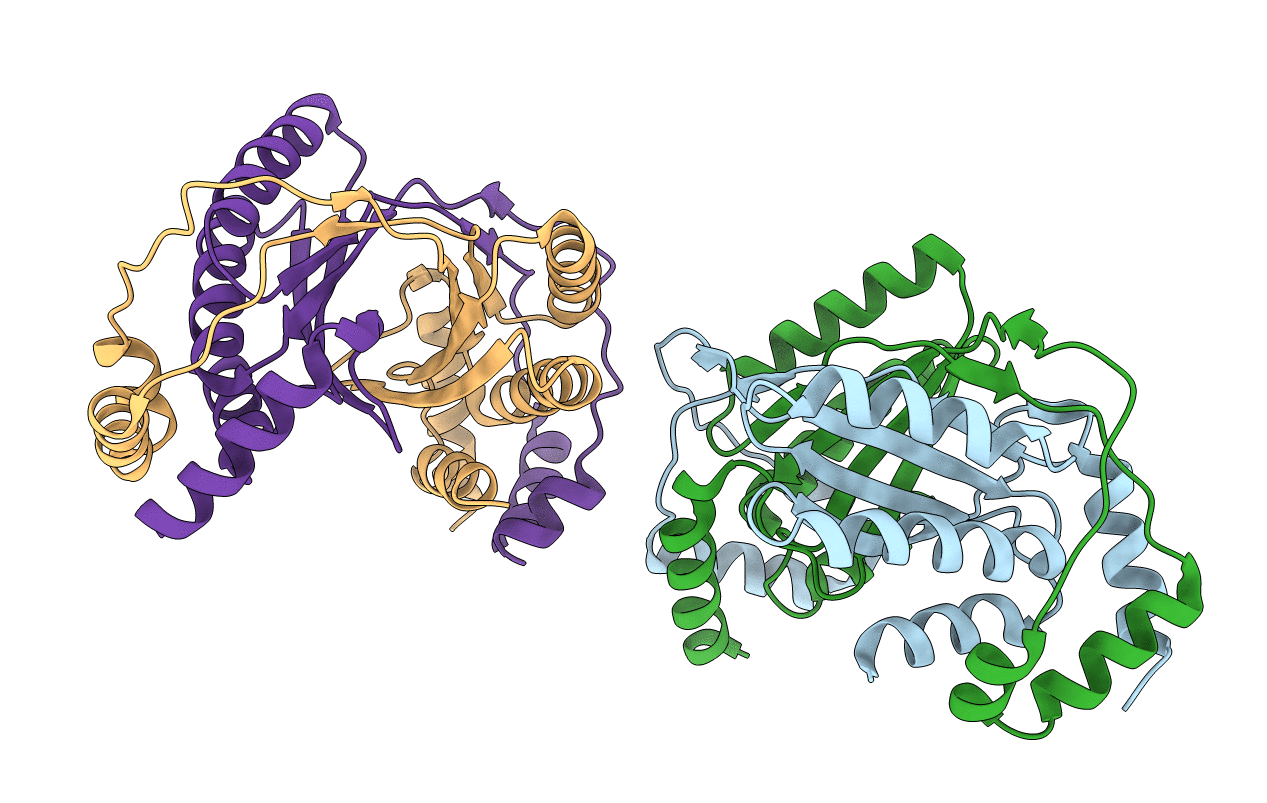
Deposition Date
2017-01-06
Release Date
2017-08-02
Last Version Date
2024-11-20
Entry Detail
PDB ID:
5WX8
Keywords:
Title:
Human herpesvirus 6A immediate early protein 2 C-terminal domain
Biological Source:
Source Organism:
Human herpesvirus 6A (strain Uganda-1102) (Taxon ID: 10370)
Host Organism:
Method Details:
Experimental Method:
Resolution:
2.50 Å
R-Value Free:
0.27
R-Value Work:
0.21
R-Value Observed:
0.22
Space Group:
P 1 21 1


